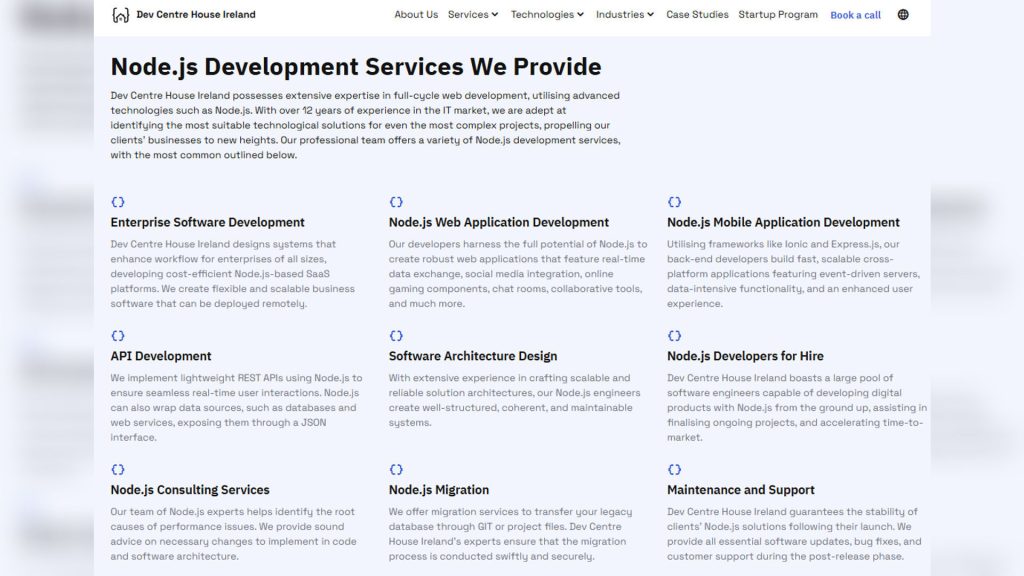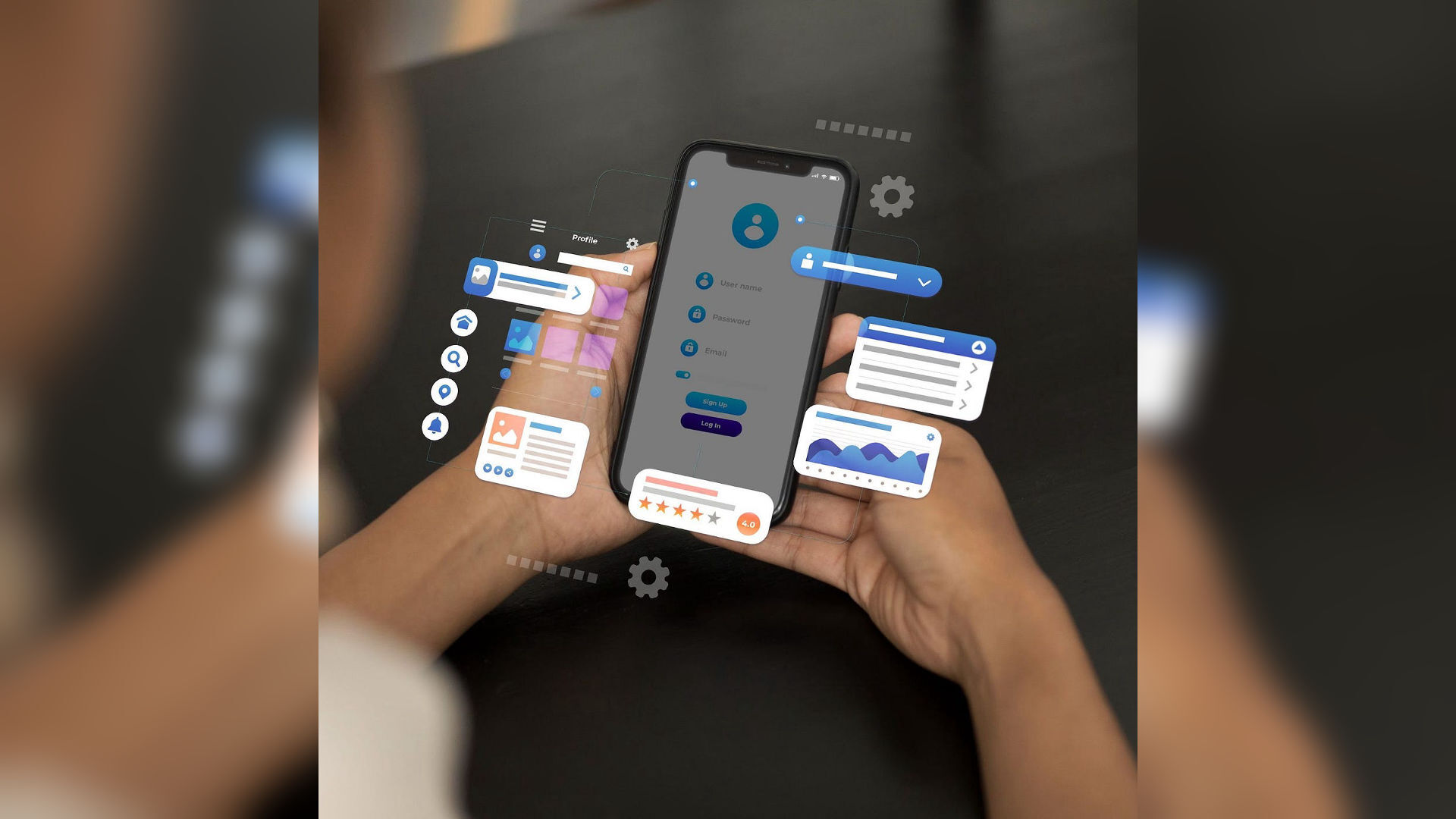In a world where digital interactions are expected to happen instantly, real-time applications are no longer a luxury, they’re a necessity. From online gaming and live sports updates to collaborative editing tools and messaging apps, real-time features define the user experience. One of the most effective ways to build such applications is by combining Node.js with WebSocket.
This article dives into the world of building real-time applications with Node.js and Web Socket, unpacking how they work together, the benefits of this approach, and how you can get started today. We’ll also explore practical use cases, performance considerations, and how this stack continues to shape modern web development.
Why Real-Time Applications Matter Today
User expectations have shifted dramatically. Waiting for pages to refresh or hitting the reload button is simply unacceptable in many contexts. Whether it’s a financial dashboard or a multiplayer game, users want updates to appear the moment something changes. This demand has driven a surge in real-time Node.js app development, with WebSocket emerging as a top technology for seamless, bi-directional communication.
Understanding Node.js: Built for Real-Time
At the heart of real-time development lies Node.js, a runtime built on Chrome’s V8 JavaScript engine. What makes Node.js a standout for real-time applications is its non-blocking, event-driven architecture, which enables handling thousands of concurrent connections with ease.
Unlike traditional web servers that spawn a new thread for each request, Node.js uses a single-threaded event loop, making it incredibly efficient for I/O-heavy tasks. This efficiency is what powers its stellar Node.js performance in real-time scenarios.
WebSocket: The Missing Piece for Instant Communication
WebSocket is a protocol that provides full-duplex communication channels over a single TCP connection. In simpler terms, it allows data to flow both ways—server to client and client to server—without needing to make new HTTP requests every time.
This is a game-changer. Instead of polling the server at regular intervals (which is both inefficient and resource-hungry), WebSocket integration keeps the connection alive, enabling the server to push updates to the client as they happen.
When combined with Node.js, WebSocket provides a fast, scalable and responsive backbone for real-time applications.
How Node.js and WebSocket Work Together
Let’s walk through what happens under the hood.
- A user connects to your Node.js server.
- The server upgrades the HTTP connection to a WebSocket.
- Both the client and server maintain this open connection.
- When either side wants to send data, it’s pushed instantly through the socket—no reloading, no delays.
This is ideal for features like:
- Chat applications (like Slack or WhatsApp Web)
- Live notifications
- Real-time collaboration (Google Docs-style editors)
- Multiplayer gaming
- IoT dashboards
One notable example of this stack in action is Socket.IO, a popular library that simplifies real-time communication in Node.js applications. Socket.IO abstracts WebSocket and falls back to other technologies when WebSocket isn’t supported, ensuring broad compatibility and reliable performance.
Performance Considerations and Best Practices
When developing real-time applications, performance isn’t just about speed—it’s about scalability, efficiency, and stability under load.
Here are some key strategies to ensure your application stays responsive:
1. Efficient Event Handling
Avoid memory leaks by cleaning up unused listeners. Node.js offers built-in tools to manage this efficiently.
2. Clustering
Use Node.js clustering or process managers like PM2 to take full advantage of multi-core processors, spreading your load across instances.
3. Rate Limiting
Prevent abuse by limiting the number of requests a user can make in a given period.
4. Monitoring
Leverage tools like New Relic or built-in diagnostics to monitor your server performance and WebSocket health.
All these practices enhance Node.js performance in production environments.
Practical Example: A Real-Time Chat App
Let’s say you want to build a real-time chat feature. Here’s how you could use Node.js with WebSocket:
- Server-side: A Node.js server with the
wsorSocket.IOlibrary listens for incoming WebSocket connections. - Client-side: A browser connects to the server and sends/receives messages using WebSocket.
- When one user sends a message, it’s instantly pushed to all connected clients.
If you’re looking for a deeper dive, this guide from Mozilla Developer Network provides an excellent technical overview of WebSocket’s capabilities in the browser.
Why Developers Choose Node.js and WebSocket
There are other options for real-time development—such as Firebase or third-party APIs—but the Node.js + WebSocket combination offers unmatched control, flexibility, and performance.
- Open-source and cost-effective: Avoids vendor lock-in.
- Customisable: Tailor everything from message formats to scaling strategies.
- Large ecosystem: Thousands of NPM packages and robust community support.
- Perfect synergy: JavaScript on both the client and server sides ensures a consistent development experience.
As highlighted in this article by LogRocket, developers consistently favour this stack for building scalable real-time systems without compromising on performance.
Conclusion: Ready to Build the Future in Real-Time?

As users demand more responsive and interactive experiences, the ability to deliver real-time functionality has become essential. Whether you’re building a collaborative tool, a gaming platform, or a monitoring dashboard, combining Node.js and WebSocket gives you the tools to meet those expectations—and exceed them.
By mastering the art of building real-time applications with Node.js and Web Socket, you’re not just following a trend; you’re creating the future of web development. The potential is massive—and the tools are in your hands. If you want to explore how Node.js powers real-time back-end systems in greater depth, check out Dev Centre House Ireland for additional insights and real-world applications.
